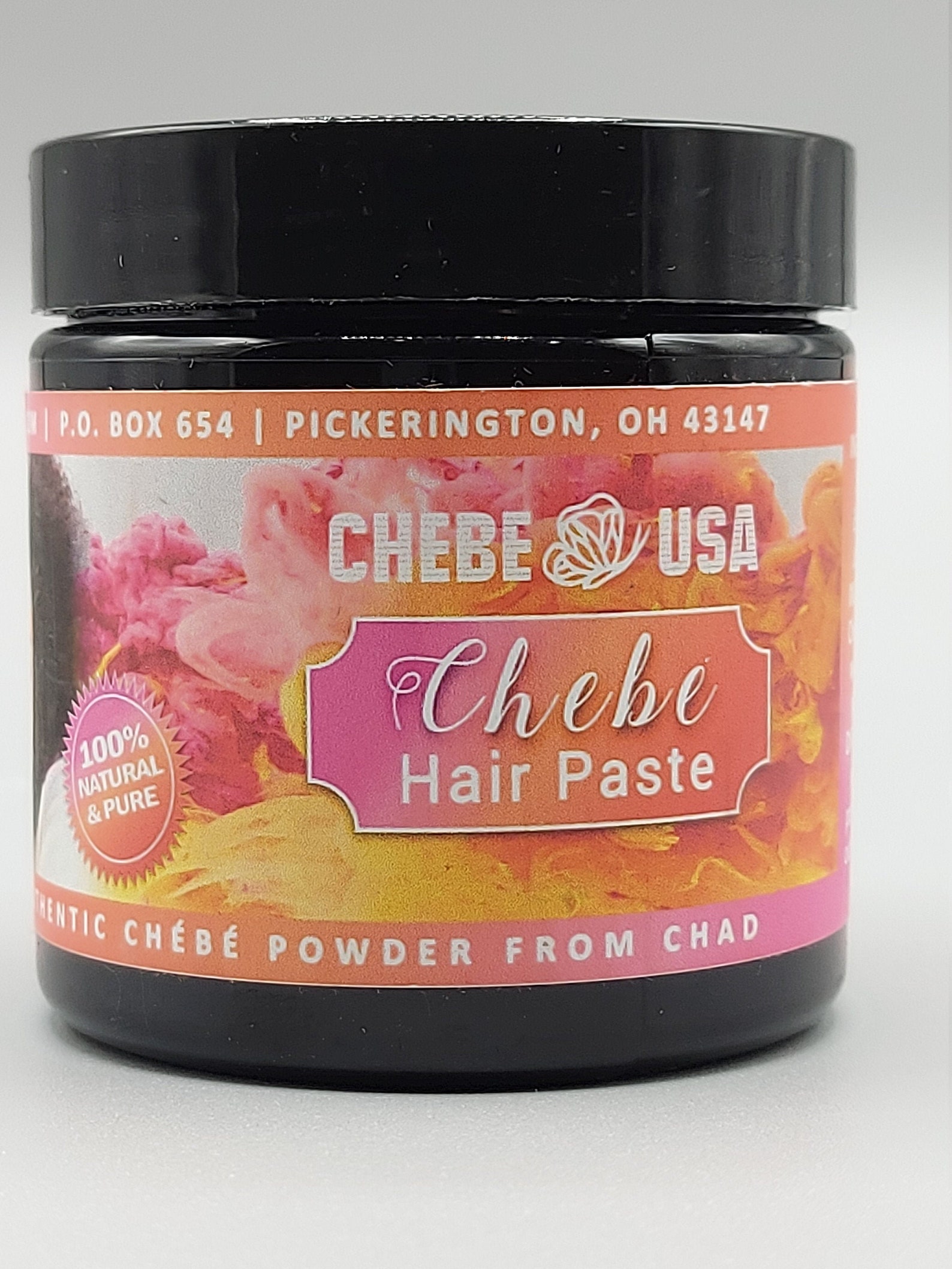Table Of Content

You dip a cotton swab into the pink sediment at the bottom of the bottle and dab it directly onto the ingrown. The lotion dries quickly but leaves behind a light pink, chalky residue, which is why I prefer to use this product at night. These products contain ingredients commonly found in acne medications, such as benzoyl peroxide, salicylic acid, and glycolic acid. When successful, they prevent ingrown hairs by removing dead skin cells and unclogging pores. The painful bumps, irritation, and redness of ingrown hairs are likely something we will all have to face at some point or another, regardless of our hair-removal style of choice.
What Causes An Infected Ingrown Hair?
But if the top of your pore becomes blocked due to debris or too much sebum and it swells shut, the hair can’t make its way out, resulting in an ingrown hair. If your skin is really red, apply a cold compress, advises Dr. Wechsler — an ice pack wrapped in a soft cloth. If you’re in a pinch, you can apply some 1% hydrocortisone right after the wax or close shave, and then one more time the next day, which may take some of the redness out.
Home remedy #1: Over-the-counter ingrown hair products
“You should not use this more than two or three applications at most,” she says, as hydrocortisone can thin the skin and cause stretch marks. If you shave or wax with any sort of regularity, there is a 97.6 percent chance you've had an ingrown hair, one of the most annoying (and painful) beauty problems. Coconut oil, also known as lauric acid, is derived from coconuts. The lauric acid found in coconut oil can have antimicrobial properties, which can help kill bacteria on the skin and reduce inflammation. It is also known to help remove makeup, exfoliate the skin, and lock in moisture.

Derm-Approved Ways to Prevent Those Annoying Ingrown Hairs After Waxing
How to Get Rid of Strawberry Legs, According to Derms - Vogue
How to Get Rid of Strawberry Legs, According to Derms.
Posted: Sun, 19 Nov 2023 08:00:00 GMT [source]
Infections can develop around the ingrown hair, causing pus formation, discoloration and pain, though. If you see signs of infection, you should visit your healthcare provider. If you know you're prone to developing ingrown hairs consistently, it may be time to consider prescription-strength treatments. Lightly exfoliating before waxing with an ayate cloth or another mild exfoliator helps remove dead skin cells, allowing for a better and easier service.
Treatment for ingrown hair from a GP
If they are concerned that it’s infected, they may take a swab. CHECK YOUR SYMPTOMS — Use the Symptom Checker and find out if you need to seek medical help. Healthdirect Australia is a free service where you can talk to a nurse or doctor who can help you know what to do. If the hair is already visible and sticking out of your skin, you can attempt to tweeze the hair out. These products range from serums to lotions, toners and pads that are gentle exfoliants. Don’t dig for the hair, as this increases the risk of causing or spreading an infection.
Mario Badescu Drying Lotion
For instance, tightly curled hair will have a curved hair follicle, which is believed to encourage the hair to reenter the skin once the hair is cut and starts to grow back. People with coarse, thick, or curly hair are often more likely to have ingrown hairs. "Ingrown hairs often occur after shaving, tweezing, or waxing, and can be found in any area where hair grows, such as the face, legs, armpits, and pubic area," Engelman says. You are also more likely to get ingrown hairs if you have very curly or coarse hair. It develops when shaved hairs curve back into the skin, leading to inflammation.
The 12 Best Ingrown Hair Treatments of 2024 - Verywell Health
The 12 Best Ingrown Hair Treatments of 2024.
Posted: Thu, 07 Sep 2023 07:00:00 GMT [source]
Products & Services
Shaving creates a sharp edge on hair, making it easier to pierce the skin. If bacteria or other pathogens enter the skin, an infection can develop, leading to a painful bump. If they persist, recur, or are severe, consider speaking with a doctor.

Who does ingrown hairs affect?
The hair that grows back has a sharper edge, so it can more easily poke back through your skin and get trapped under the surface. If you often develop infected ingrown hairs, the doctor may take a skin sample for testing. If an ingrown hair becomes infected, you may notice the bumps getting bigger and more painful. A person can help reduce the risk of staph infection by keeping the area clean and covered and washing their hands.
You might have small bumps with hairs in the middle of your face and neck or on other hairy places on your body. They can be small, swollen bumps where you shave, tweeze, or wax. Popping an ingrown hair can increase you chance of it becoming infected. A good razor should glide gently across the skin, leaving behind no missed or half-shaven hairs.
We also take steps to ensure that all expert advice and recommendations are made independently and with no undisclosed financial conflicts of interest. You may be tempted to if you see a whitehead on top of the red bump, but you should sit on your hands. Other at-home options range widely and include cleansers like CeraVe's SA Body Wash, saturated peel pads like First Aid Beauty's Ingrown Hair Pads.
You can remove ingrown hairs on your own, but it's typically best to leave this task to a dermatologist or your primary care physician. "It’s possible to remove visible ingrown hairs with the help of a sterile needle and tweezers," Palm says. Ingrown hairs typically resolve on their own, but they might require treatment to reduce the risk of possible complications. Practicing certain skincare habits can help prevent ingrown hairs from developing.
Exfoliation should be approached carefully, as it causes inflammation, which leads to hyperpigmentation and may not be very helpful in resolving ingrown hairs. If the hair is near the skin’s surface, however, you may be able to remove it by gently grasping it with sterilized tweezers. In the past, some dermatologists believed that single-blade razors reduced risk to the skin. However, a 2013 study showed no difference between single- and multiple-blade varieties. Shaving cream adds moisture and reduces friction when the razor glides over the skin.
If that's not an option, you might try other hair removal methods that lessen the risk of developing ingrown hair. If you continue having infected ingrown hairs in the same area, such as your face, you might consider other methods of hair removal, such as laser treatment. Exfoliating your skin removes a dead layer of skin cells and helps release ingrown hairs. Use warm — not hot — water and small, circular motions to wash your affected areas with a washcloth, exfoliating brush or exfoliating gel or scrub.
They’ll squeeze out any pus and use sterile tweezers to remove the ingrown hair. Anyone who shaves, tweezes or waxes their hair can develop ingrown hairs. If you shave often, you’re more likely to have ingrown hairs.















